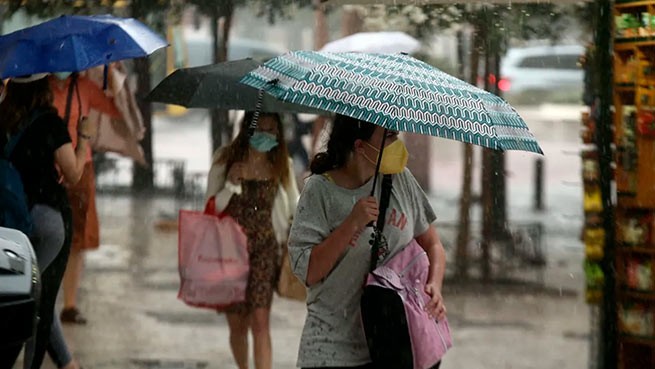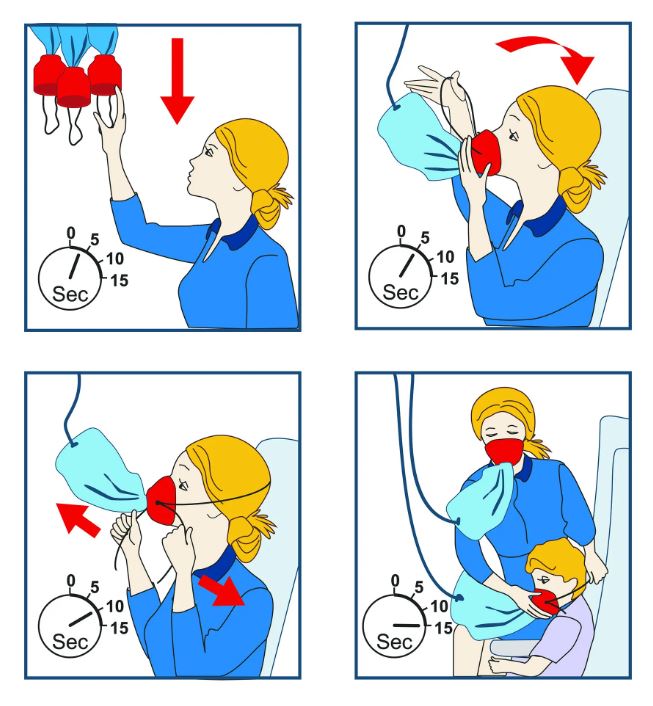A vivid example of self-responsibility is an oxygen mask on an airplane. No one has a question why it is necessary to put it on first of all on yourself, and then on the child. If I myself am in order, I can help others.
“In the event of a sudden loss of cabin pressure, the yellow oxygen masks above your seat will fall off. Put on a mask over your mouth and nose before helping others, ”the instruction says.
Most people already know by heart the safety instructions that the crew gives when the plane is preparing to take off. But there are many who perplexed by the instruction, contrary to the instinct of every parent: how to think about saving yourself when the pleading eyes of a child look at you?!
But airlines urge their passengers to do just that. And the reason for that is very specific. “Frankly, airlines want parents to put on their own masks first because they don’t want an airplane full of unconscious parents and unsupervised young children,” Angus Kidman told News.com.au. travel expert at Finder. “By asking parents to put on their own masks first, companies ensure that this is the only way they can help their children by wearing masks after them as well.”
As Kidman explains, when the masks fall off, it’s confusing and disturbing, especially for younger children. And at this point, the crew has too much to do for the safety of the aircraft, as a result of which they cannot help the children sitting in the air seats.
“At high altitudes, it can take as little as 60 seconds from the moment the masks fall to the moment when the cognitive abilities of passengers are so weakened due to lack of oxygen that they cannot help others,” says Kidman.
If someone delays putting on a mask, either because they are helping others or because they ignore instructions, they will begin to lose the ability to recognize shapes and faces before eventually passing out..
In a YouTube video that has garnered 11 million views, American engineer Destin Sandlin entered a special pressure chamber to see what happens to a passenger when he is not wearing a mask. The “experiment” was conducted at 25,000 feet (most airlines fly at 35,000 feet).
After a few minutes, Destin begins to lose his mental abilities and cannot recognize the outlines of objects. Soon he is unable to speak and put on a mask. And only when someone intervenes and helps him, puts a mask on him, consciousness returns to Destin, and he comes to his senses again.
“So this is very important. That’s why on planes you are told to put on your own mask before helping young children,” he explains.







More Stories
GMO Breakthrough: Pork Flavored Soybeans
Easter: strange Easter eggs and souvlaki lamps
The Thirty Years of Olive War is over